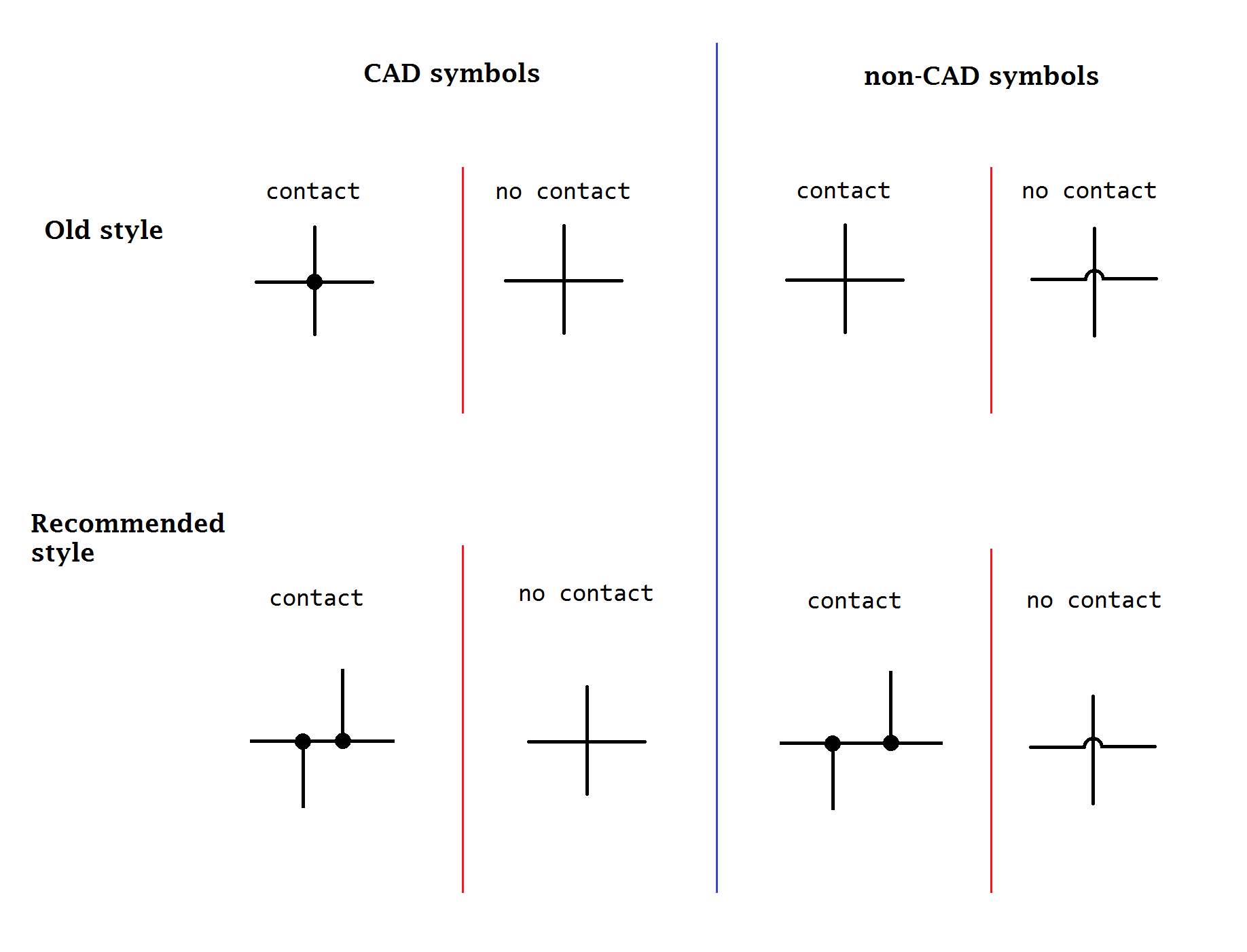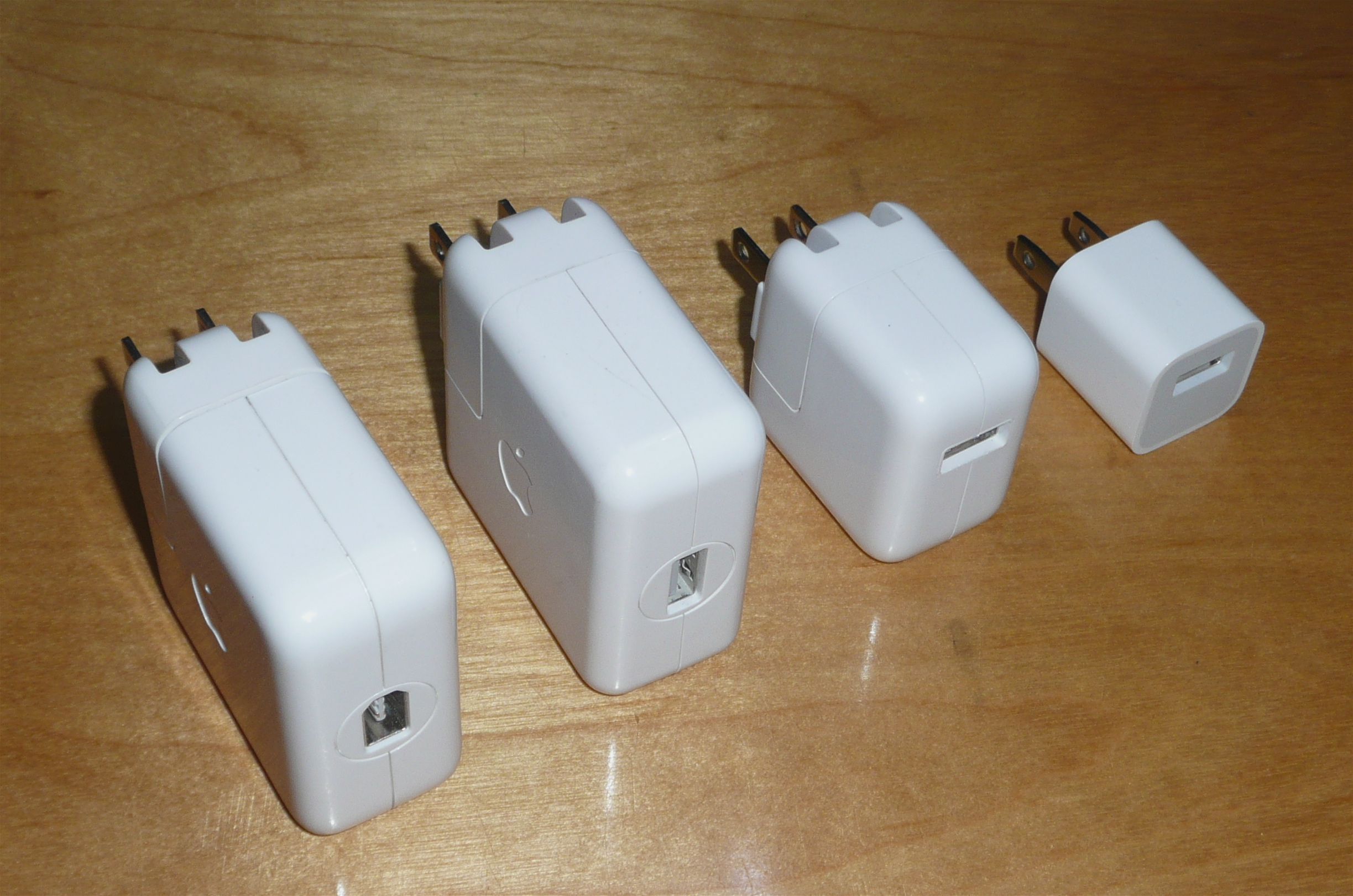|
Gyrator
A gyrator is a passive, linear, lossless, two-port electrical network element proposed in 1948 by Bernard D. H. Tellegen as a hypothetical fifth linear element after the resistor, capacitor, inductor and ideal transformer. Unlike the four conventional elements, the gyrator is non-reciprocal. Gyrators permit network realizations of two-(or-more)-port devices which cannot be realized with just the conventional four elements. In particular, gyrators make possible network realizations of isolators and circulators. Gyrators do not however change the range of one-port devices that can be realized. Although the gyrator was conceived as a fifth linear element, its adoption makes both the ideal transformer and either the capacitor or inductor redundant. Thus the number of necessary linear elements is in fact reduced to three. Circuits that function as gyrators can be built with transistors and op-amps using feedback. Tellegen invented a circuit symbol for the gyrator and suggest ... [...More Info...] [...Related Items...] OR: [Wikipedia] [Google] [Baidu] |
Linear Element
Electrical elements are conceptual abstractions representing idealized electrical components, such as resistors, capacitors, and inductors, used in the analysis of electrical networks. All electrical networks can be analyzed as multiple electrical elements interconnected by wires. Where the elements roughly correspond to real components, the representation can be in the form of a schematic diagram or circuit diagram. This is called a lumped-element circuit model. In other cases, infinitesimal elements are used to model the network, in a distributed-element model. These ideal electrical elements represent real, physical electrical or electronic components but they do not exist physically and they are assumed to have ideal properties, while actual electrical components have less than ideal properties, a degree of uncertainty in their values and some degree of nonlinearity. To model the nonideal behavior of a real circuit component may require a combination of multiple ideal ele ... [...More Info...] [...Related Items...] OR: [Wikipedia] [Google] [Baidu] |
Passivity (engineering)
Passivity is a property of engineering systems, most commonly encountered in analog electronics and control systems. Typically, analog designers use ''passivity'' to refer to incrementally passive components and systems, which are incapable of power gain. In contrast, control systems engineers will use ''passivity'' to refer to thermodynamically passive ones, which consume, but do not produce, energy. As such, without context or a qualifier, the term ''passive'' is ambiguous. An electronic circuit consisting entirely of passive components is called a passive circuit, and has the same properties as a passive component. If a component is ''not'' passive, then it is an active component. Thermodynamic passivity In control systems and circuit network theory, a passive component or circuit is one that consumes energy, but does not produce energy. Under this methodology, voltage and current sources are considered active, while resistors, capacitors, inductors, transistors, ... [...More Info...] [...Related Items...] OR: [Wikipedia] [Google] [Baidu] |
Inductor
An inductor, also called a coil, choke, or reactor, is a passive two-terminal electrical component that stores energy in a magnetic field when electric current flows through it. An inductor typically consists of an insulated wire wound into a coil. When the current flowing through the coil changes, the time-varying magnetic field induces an electromotive force (''emf'') (voltage) in the conductor, described by Faraday's law of induction. According to Lenz's law, the induced voltage has a polarity (direction) which opposes the change in current that created it. As a result, inductors oppose any changes in current through them. An inductor is characterized by its inductance, which is the ratio of the voltage to the rate of change of current. In the International System of Units (SI), the unit of inductance is the henry (H) named for 19th century American scientist Joseph Henry. In the measurement of magnetic circuits, it is equivalent to . Inductors have values that typical ... [...More Info...] [...Related Items...] OR: [Wikipedia] [Google] [Baidu] |
Electrical Conductance
The electrical resistance of an object is a measure of its opposition to the flow of electric current. Its reciprocal quantity is , measuring the ease with which an electric current passes. Electrical resistance shares some conceptual parallels with mechanical friction. The SI unit of electrical resistance is the ohm (), while electrical conductance is measured in siemens (S) (formerly called the 'mho' and then represented by ). The resistance of an object depends in large part on the material it is made of. Objects made of electrical insulators like rubber tend to have very high resistance and low conductance, while objects made of electrical conductors like metals tend to have very low resistance and high conductance. This relationship is quantified by resistivity or conductivity. The nature of a material is not the only factor in resistance and conductance, however; it also depends on the size and shape of an object because these properties are extensive rather than i ... [...More Info...] [...Related Items...] OR: [Wikipedia] [Google] [Baidu] |
Isolator (microwave)
An isolator is a two-port device that transmits microwave or radio frequency power in one direction only. The non-reciprocity observed in these devices usually comes from the interaction between the propagating wave and the material, which can be different with respect to the direction of propagation. It is used to shield equipment on its input side, from the effects of conditions on its output side; for example, to prevent a microwave source being detuned by a mismatched load. Non-reciprocity An isolator is a non- reciprocal device, with a non-symmetric scattering matrix. An ideal isolator transmits all the power entering port 1 to port 2, while absorbing all the power entering port 2, so that to within a phase-factor its S-matrix is :S = \begin 0 & 0 \\ 1 & 0 \end To achieve non-reciprocity, an isolator must necessarily incorporate a non-reciprocal material. At microwave frequencies, this material is usually a ferrite which is biased by a static magnetic field but can b ... [...More Info...] [...Related Items...] OR: [Wikipedia] [Google] [Baidu] |
Electrical Component
An electronic component is any basic discrete device or physical entity in an electronic system used to affect electrons or their associated fields. Electronic components are mostly industrial products, available in a singular form and are not to be confused with electrical elements, which are conceptual abstractions representing idealized electronic components and elements. Electronic components have a number of electrical terminals or leads. These leads connect to other electrical components, often over wire, to create an electronic circuit with a particular function (for example an amplifier, radio receiver, or oscillator). Basic electronic components may be packaged discretely, as arrays or networks of like components, or integrated inside of packages such as semiconductor integrated circuits, hybrid integrated circuits, or thick film devices. The following list of electronic components focuses on the discrete version of these components, treating such packages as comp ... [...More Info...] [...Related Items...] OR: [Wikipedia] [Google] [Baidu] |
Skew-symmetric Matrix
In mathematics, particularly in linear algebra, a skew-symmetric (or antisymmetric or antimetric) matrix is a square matrix whose transpose equals its negative. That is, it satisfies the condition In terms of the entries of the matrix, if a_ denotes the entry in the i-th row and j-th column, then the skew-symmetric condition is equivalent to Example The matrix :A = \begin 0 & 2 & -45 \\ -2 & 0 & -4 \\ 45 & 4 & 0 \end is skew-symmetric because : -A = \begin 0 & -2 & 45 \\ 2 & 0 & 4 \\ -45 & -4 & 0 \end = A^\textsf . Properties Throughout, we assume that all matrix entries belong to a field \mathbb whose characteristic is not equal to 2. That is, we assume that , where 1 denotes the multiplicative identity and 0 the additive identity of the given field. If the characteristic of the field is 2, then a skew-symmetric matrix is the same thing as a symmetric matrix. * The sum of two skew-symmetric matrices is skew-symmetric. * A sca ... [...More Info...] [...Related Items...] OR: [Wikipedia] [Google] [Baidu] |
Impedance Parameters
Impedance parameters or Z-parameters (the elements of an impedance matrix or Z-matrix) are properties used in electrical engineering, electronic engineering, and communication systems engineering to describe the electrical behavior of linear electrical networks. They are also used to describe the small-signal ( linearized) response of non-linear networks. They are members of a family of similar parameters used in electronic engineering, other examples being: S-parameters, Y-parameters, H-parameters, T-parameters or ABCD-parameters. Z-parameters are also known as ''open-circuit impedance parameters'' as they are calculated under open circuit conditions. i.e., Ix=0, where x=1,2 refer to input and output currents flowing through the ports (of a two-port network in this case) respectively. The Z-parameter matrix A Z-parameter matrix describes the behaviour of any linear electrical network that can be regarded as a black box with a number of ports. A ''port'' in this context is a pai ... [...More Info...] [...Related Items...] OR: [Wikipedia] [Google] [Baidu] |
Circuit Symbol
An electronic symbol is a pictogram used to represent various electrical and electronic devices or functions, such as wires, batteries, resistors, and transistors, in a schematic diagram of an electrical or electronic circuit. These symbols are largely standardized internationally today, but may vary from country to country, or engineering discipline, based on traditional conventions. Standards for symbols The graphic symbols used for electrical components in circuit diagrams are covered by national and international standards, in particular: * IEC 60617 (also known as BS 3939). * There is also IEC 61131-3 – for ladder-logic symbols. * JIC JIC (Joint Industrial Council) symbols as approved and adopted by the NMTBA (National Machine Tool Builders Association). They have been extracted from the Appendix of the NMTBA Specification EGPl-1967. * ANSI Y32.2-1975 (also known aIEEE Std 315-1975or CSA Z99-1975). * IEEE Std 91/91a: graphic symbols for logic functions (used in digital el ... [...More Info...] [...Related Items...] OR: [Wikipedia] [Google] [Baidu] |
Miniaturization
Miniaturization ( Br.Eng.: ''Miniaturisation'') is the trend to manufacture ever smaller mechanical, optical and electronic products and devices. Examples include miniaturization of mobile phones, computers and vehicle engine downsizing. In electronics, the exponential scaling and miniaturization of silicon MOSFETs (MOS transistors) leads to the number of transistors on an integrated circuit chip doubling every two years, an observation known as Moore's law. This leads to MOS integrated circuits such as microprocessors and memory chips being built with increasing transistor density, faster performance, and lower power consumption, enabling the miniaturization of electronic devices. History The history of miniaturization is associated with the history of information technology based on the succession of switching devices, each smaller, faster, cheaper than its predecessor. During the period referred to as the Second Industrial Revolution, miniaturization was confined ... [...More Info...] [...Related Items...] OR: [Wikipedia] [Google] [Baidu] |

-in-WG16.jpg)

